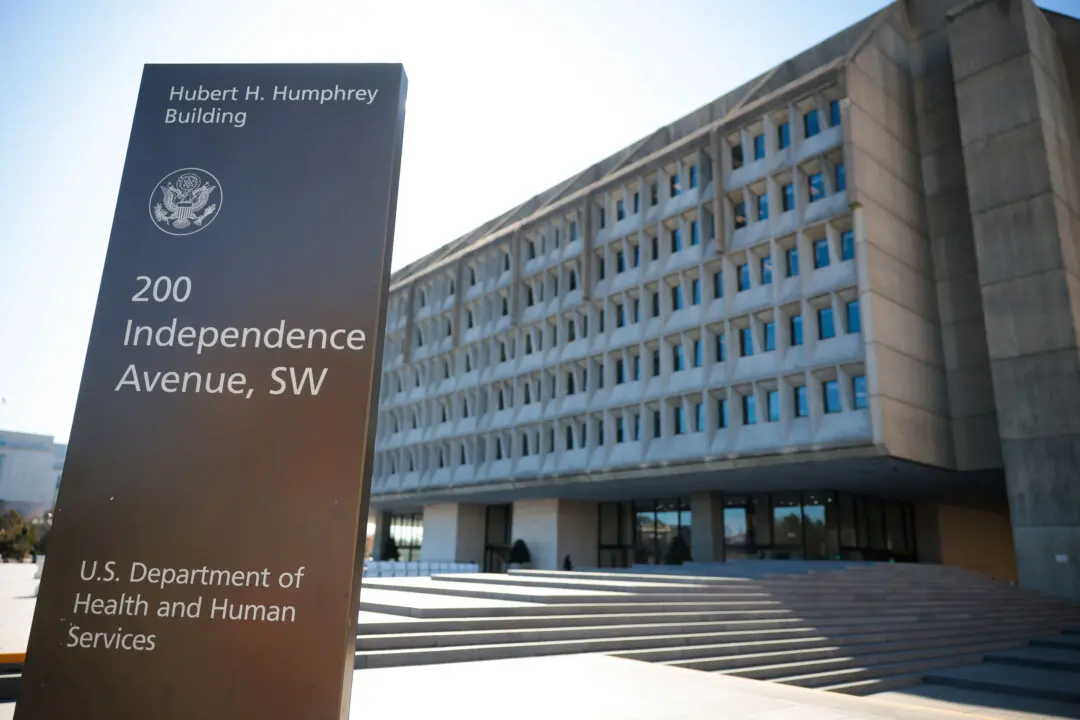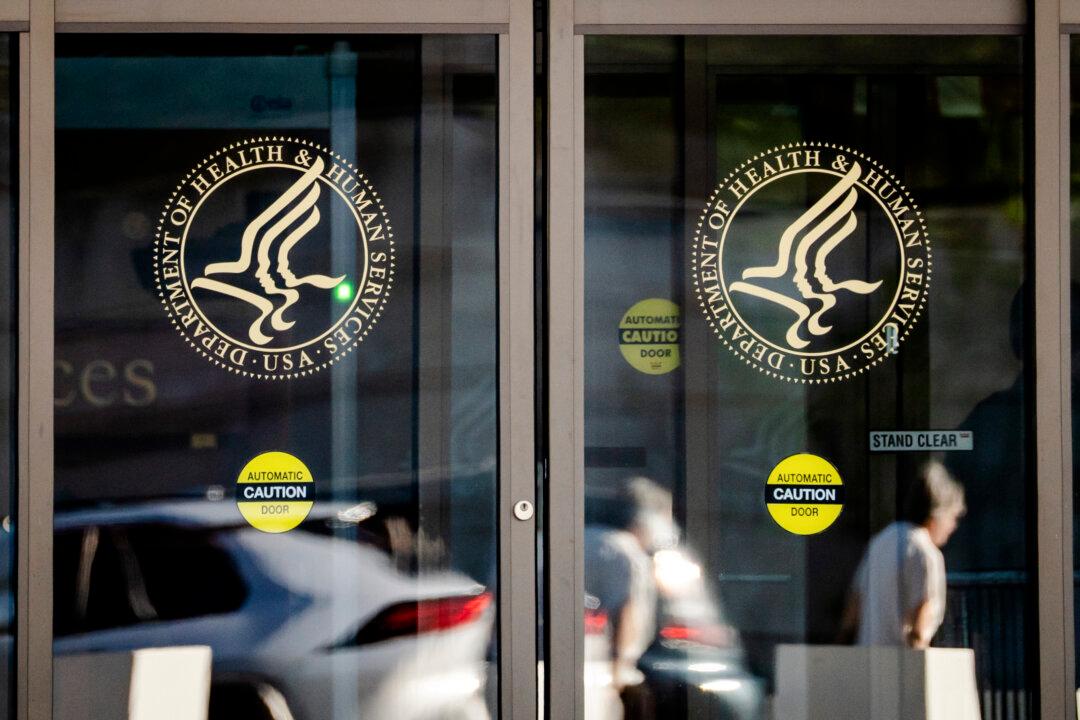The Minnesota National Guard and state patrol officers were deployed to Minneapolis just after midnight on Friday as the state took over operations from the city in an attempt to quell riots.
The shocking abandonment of a police precinct station prompted Gov. Tim Walz to facilitate a takeover, he told reporters at a press conference on Friday.





